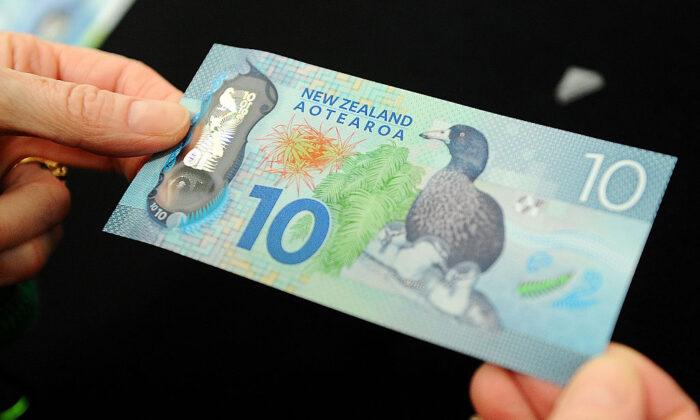The Reserve Bank of New Zealand (RBNZ) has cut the Official Cash Rate (OCR) by 25 basis points—from 3.75 to 3.50 percent—and economists say further cuts are likely in 2025 as the central bank reacts to new U.S. tariffs.
The RBNZ has already cut the OCR by a total of 175 basis points since August last year.
“The recently announced increases in global trade barriers weaken the outlook for global economic activity,” the Monetary Policy Committee said in announcing the reduction.
“These developments create downside risks to the outlook for economic activity and inflation in New Zealand. As the extent and effect of tariff policies become clearer, the Committee has scope to lower the OCR further as appropriate.”
While New Zealand was only hit with a lower-end tariff of 10 percent, the central bank is concerned that Trump’s decision to impose significantly higher tariffs on other U.S. trading partners, especially Asian economies, may raise global prices due to increased import costs.
Uncertainty On Risk Level
Most members of the Monetary Policy Committee believe that recent global events—like new trade barriers—are more likely to lower inflation in New Zealand over the next few years.However, some members are not so sure.
“Others note that, while uncertainty around the inflation outlook has increased, the risks remain balanced at this stage,” the bank said.
She noted that Treasury forecasts estimated tariffs would reduce the economic growth of NZ’s trading partners from 2.5 to approximately 2 percent next year. This would likely affect the local economy through less demand for exports and falling business confidence.
She also flagged the risk of dumping—low-cost foreign goods flooding key markets—as a concern, which was echoed by the RBNZ.
Treasury further predicted that global inflation could rise from 2.5 to 3 percent in the coming year due to increased supply chain costs.
The RBNZ, whose mandate is to keep inflation in the 1 to 3 percent band, had until recently maintained a relatively high OCR to cool domestic demand.
The central bank has not used the OCR as a stimulus tool since the pandemic.
Initially, the expectation was that rates would fall slowly to “neutral” territory, around 3 percent, but markets are now expecting a bottoming-out at 2.75 percent to add some mild stimulus.
Economists are divided on whether tariffs will ultimately lead to lower inflation and slower —or result in an adverse supply shock, driving prices higher and requiring a tighter monetary stance.






